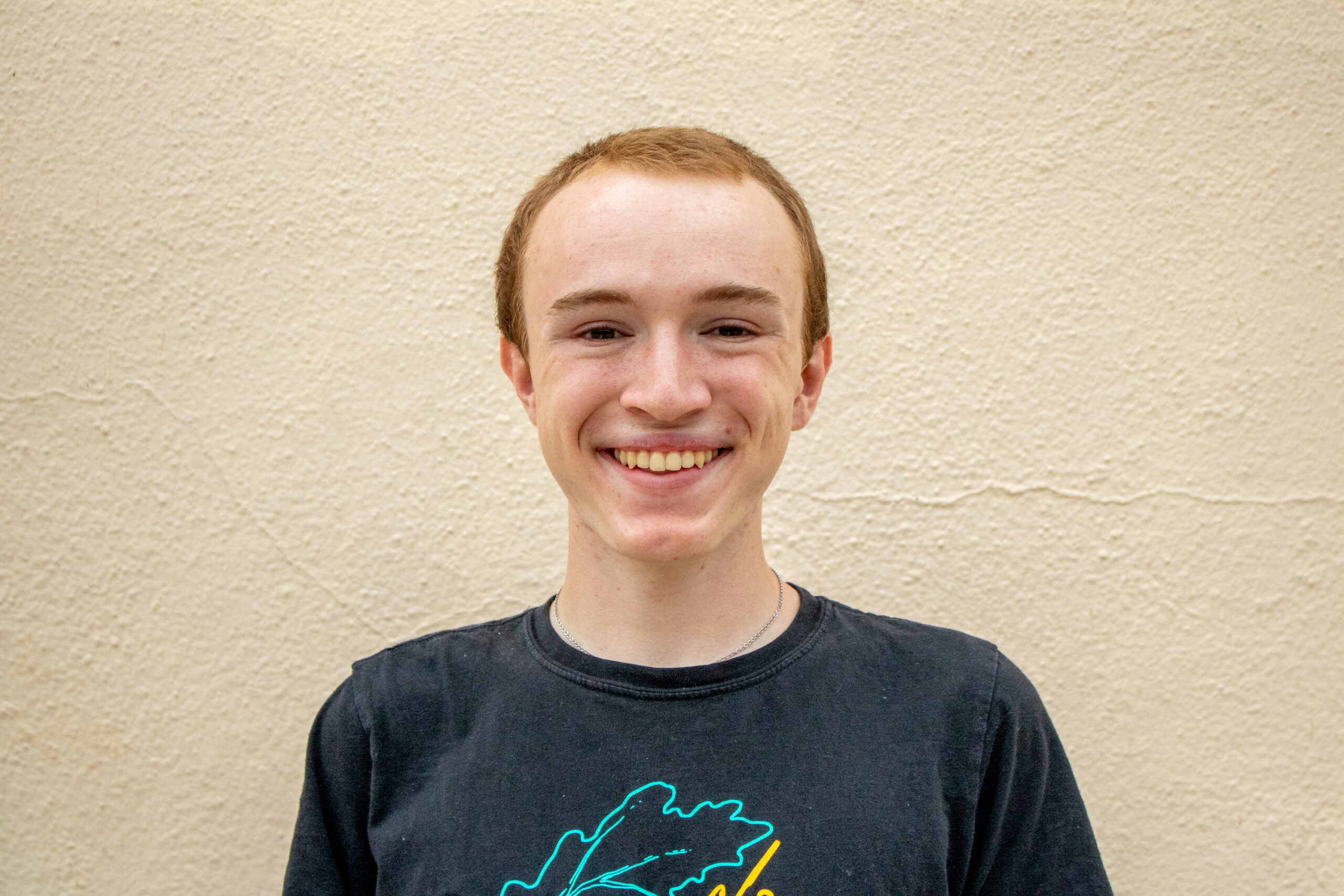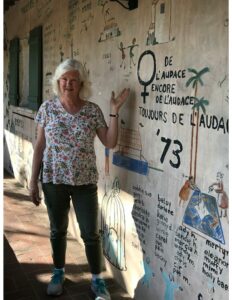The arrival of the Omicron variant in Santa Barbara High School and the surrounding community has led to an utterly unprecedented spread of the virus that causes COVID-19. Since January 7, at least 1 in 12 SB Unified students have tested positive for COVID-19 and many more have had to quarantine because of possible exposure. The spread was so great that the district had to switch from a contact tracing strategy to mass surveillance testing, telling families and staff that they should “assume that they have been exposed to the Omicron variant.” But as many students and teachers are infected for the first time or get reinfected by the new strain, we are learning that having COVID-19 is a very different experience in 2022.
For starters, Omicron is a milder strain even though it is more infectious. In particular, vaccinated people have tended to either avoid infection or have mild symptoms. The Centers for Disease Control and Prevention continues to recommend everyone twelve and up get a booster shot five months after their initial immunization to ensure that their protection against the virus does not wane. A greater medical understanding of the disease has also decreased hospitalizations and deaths among those who are infected. Most recently, the Food and Drug Administration issued an Emergency Use Authorization for the antiviral pill Paxlovid which has been viewed as a major step in the fight against COVID-19.
One thing has not changed since the start of this pandemic: this virus is unpredictable. While some people who get COVID-19 experience very mild symptoms or even remain asymptomatic, others are not as lucky. For many perfectly healthy young people, this could be the worst illness of their life. Symptoms remain varied but are generally similar to the flu: sore throat, runny nose, coughing, and a fever. Many people also experience extreme fatigue, full body aches, and chills. Despite the milder variations in the new strain, hospitalizations in Santa Barbara County are up 119%, indicating that Omicron still poses a very real threat to people’s lives, especially for unvaccinated people.
In general, when someone tests positive for COVID-19, they should self-isolate at home unless their symptoms worsen. Harvard Medical School recommends that people get rest and fluids, just like with the common cold. After five days, if they have no symptoms or their symptoms are resolving, they can leave their house, but they should continue to mask around others for an additional five days. In addition, to reenter SB Unified schools, a student or staff member has to provide proof of a negative COVID-19 test. SBHS offers free reentry testing on campus and students and staff can also test at the Aptitude clinic at Earl Warren Showgrounds or any other testing center.
But beyond the medical and statistical realities of the pandemic, what is it really like to have COVID-19 in 2022? I had the chance to talk to students at Santa Barbara High School who have been infected about their encounters with the virus. In addition to the physical and emotional aspects of their illness, they discussed their struggles to communicate with teachers and the strange reality of returning to school once they tested negative. They hoped that through sharing their experiences, they could spread compassion and an understanding of the disease’s severity to people who have been luckier than them. Click on a name to read their story.
Sabrina Cruz
Sabrina Cruz’s uncle testing positive for COVID-19 was a nightmare scenario. Cruz, a sophomore, lives in a household of eight people, including her uncle, who are in constant contact with each other. As three of them fell ill, she endured one of the symptoms of COVID-19 that has symbolized this pandemic: “It was just really painful to breathe.”
Lena Szerwo
Lena Szerwo, a junior, was sitting in a restaurant on New Year’s Day when her test results arrived. For Szerwo, 2022 started with a hurried car ride home to isolate in her room. The physical effects of the disease on her twin sister and her were nothing compared to the mental exhaustion associated with the fear that she may have exposed others to the virus.
Lila Gibson
Lila Gibson, a senior, planned on going to school on Tuesday, January 4th. While a few friends she had been with on New Year’s had tested positive for COVID-19, she seemed to be in perfectly good health and had tested negative twice. Then, her “24-hours of hell” began.






[…] [This story is part of a series exploring the experiences of students at Santa Barbara High School w… […]
[…] [This story is part of a series exploring the experiences of students at Santa Barbara High School w… […]
[…] [This story is part of a series exploring the experiences of students at Santa Barbara High School w… […]